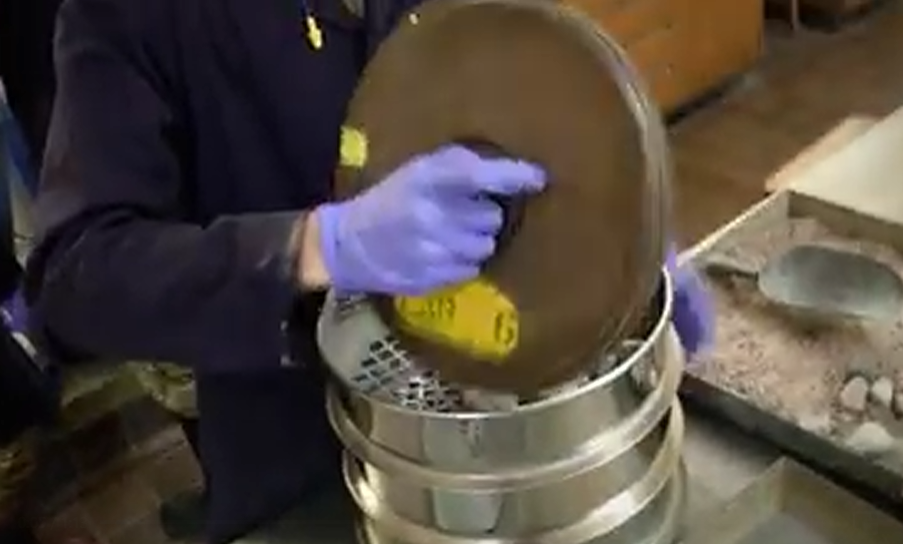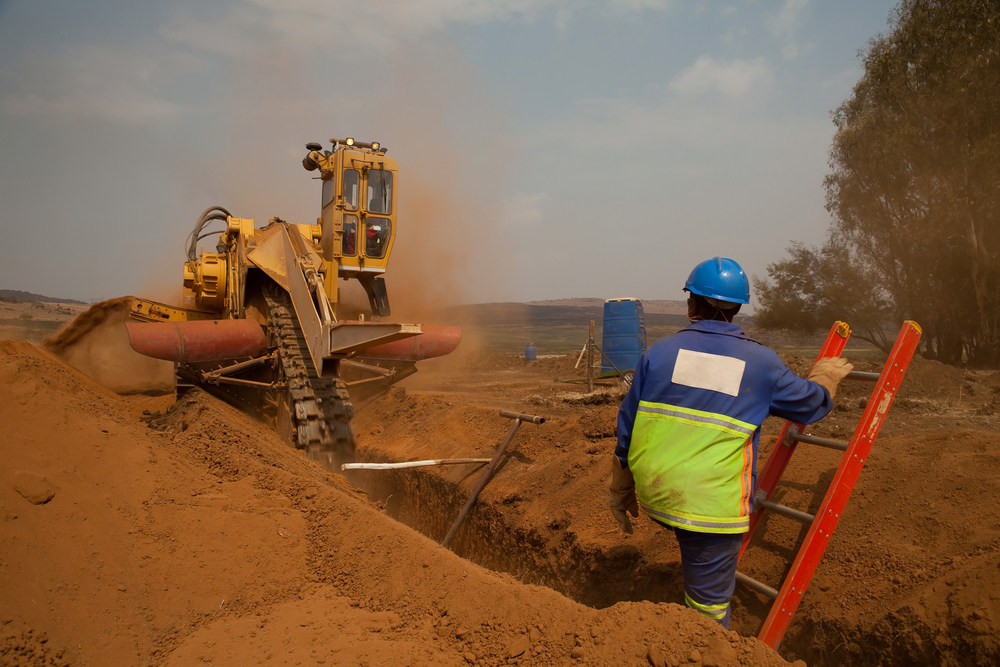Pergola Construction: A Complete Guide to Building the Perfect Outdoor Space
5 Lectura mínima
)
junio 25, 2025
If you're dreaming of creating a relaxing, stylish outdoor space, building a pergola can be the perfect project. From offering shade to elevating your backyard aesthetic, pergolas are a popular feature in modern landscape design. But before grabbing your tools, it’s important to understand the steps involved, the legalities of pergola construction, and whether it’s more affordable to build one or buy a pre-made kit.
In this guide, we'll answer common questions like "Is it cheaper to build a pergola or buy one?", "What is the best base for a pergola?", and "What are the rules for building a pergola?", while covering the equipment used in pergola construction and key construction tips.
What Is Pergola Construction?
Pergola construction refers to the process of designing and building an outdoor structure made from vertical posts supporting crossbeams or a latticed roof. Pergolas can be freestanding or attached to your home and are often used to define outdoor spaces like patios, gardens, or walkways.
They provide partial shade and can be enhanced with climbing plants, curtains, or even lights to create a cozy atmosphere. Materials used in pergola construction typically include wood, aluminum, vinyl, and steel, depending on your budget and style preferences.
Is It Cheaper to Build a Pergola or Buy One?
A common question for homeowners is whether it’s more cost-effective to build a pergola from scratch or purchase a pre-made one. The answer depends on your skill level, tools, and customization needs.
Building a Pergola:
Pros: Fully customizable, potentially cheaper if you already have tools, satisfying DIY experience.
Cons: Time-consuming, requires skill and labor, legal considerations.
Buying a Pergola Kit:
Pros: Easier and faster to assemble, clear instructions, often includes warranty.
Cons: Limited customization, potentially higher upfront cost.
In general, DIY pergola construction can be cheaper if you already have the necessary tools and basic carpentry skills. However, a kit can save you time and stress, especially if you're unfamiliar with building codes or complex measurements.
What Is the Best Base for a Pergola?
:format(webp))
The base of your pergola is critical for long-term stability and durability. Here are the most recommended base types:
Concrete Slab - The most stable option, ideal for patios or heavy structures.
Decking - A good choice if your pergola will be attached to an existing deck.
Gravel or Crushed Stone - Works well for freestanding pergolas but may require anchoring.
Paver Stones - Aesthetic and functional, often used in garden settings.
The best base for a pergola depends on your soil conditions, budget, and intended use. A level, well-drained surface is essential no matter which material you choose.
Equipment Used in Pergola Construction
To build a pergola safely and efficiently, you’ll need some essential tools and equipment. Here’s a list of commonly used items:
Post Hole Digger or Auger
Measuring Tape and Level
Power Drill and Screws
Circular Saw or Miter Saw
Hammer and Nails
Concrete Mix (for post setting)
Ladder and Safety Gear (goggles, gloves, ear protection)
Some advanced builders also use laser levels or pneumatic nail guns for faster, more precise construction. Having the right equipment for pergola construction will ensure your structure is square, secure, and up to code.
Pergola Construction Legalities: What You Need to Know
Before beginning any construction project, it's crucial to understand the legalities of building a pergola in your area. Requirements vary by location but generally include:
Permits: Many municipalities require a building permit, especially for structures attached to a home or exceeding a certain height.
Zoning Laws: You may need to maintain certain distances (setbacks) from your property lines.
HOA Rules: If you live in a neighborhood governed by a homeowners’ association, check for aesthetic or structural restrictions.
Utility Checks: Always call local utility companies before digging post holes to avoid hitting underground lines.
So, what are the rules for building a pergola? In most cases, if your pergola is a freestanding, open-roof structure under a certain size (e.g., 100-200 sq. ft.), you might not need a permit - but always check with your local building authority to be sure.
How to Build a Pergola: Step-by-Step
Here’s a simplified process for DIY pergola construction:
Plan & Design - Choose your location, size, materials, and design. Sketch your structure and verify dimensions.
Check Legal Requirements - Get permits and utility approvals.
Prepare the Base - Level the ground and install the chosen foundation.
Set the Posts - Dig holes, insert posts, and secure with concrete.
Attach Beams & Rafters - Use a level and secure beams horizontally, then add cross rafters on top.
Finish & Inspect - Sand rough edges, apply stain/sealant, and inspect for stability.
Tips for Long-Lasting Pergolas
Use Pressure-Treated Wood: Prevents rot and pest damage.
Seal All Surfaces: Protects from UV rays and moisture.
Regular Maintenance: Tighten bolts annually, re-stain every 2-3 years.
Secure Anchoring: Especially important in windy areas.
Conclusion: Build with Confidence
Pergola construction can transform your outdoor space into a functional and beautiful retreat-but success starts with solid planning. From choosing the best base to understanding local legalities, every detail matters. Whether you decide to build a pergola or buy one, ensure you follow safety practices and local building codes to enjoy your structure for years to come.
Thinking of building your own pergola? Make sure you have the right tools, permits, and a solid plan-and don’t hesitate to consult a professional for complex projects.
Frequently Asked Questions (FAQs)
Q: Is it cheaper to build a pergola or buy one?
A: Building it yourself is often cheaper, especially if you have the tools and skills.
Q: What is the best base for a pergola?
A: Concrete is the most stable, but pavers and gravel are popular for aesthetics and flexibility.
Q: What equipment is needed for pergola construction?
A: Basic carpentry tools like a drill, saw, level, and post hole digger are essential.
Q: Do I need a permit to build a pergola?
A: In many cases, yes-especially if it’s attached to your house or over a certain size. Always check local codes.

Mike Kennedy is Boom & Bucket's Marketplace Operations Manager, where he leads shipping, warranties, and post-sale operations to create a seamless buyer experience. As one of the company's earliest team members, Mike helped build the foundation of Boom & Bucket's operations and guided its growth through acquisition by RB Global. He is passionate about scaling marketplaces, solving operational challenges, and improving efficiency to deliver industry-leading results.














